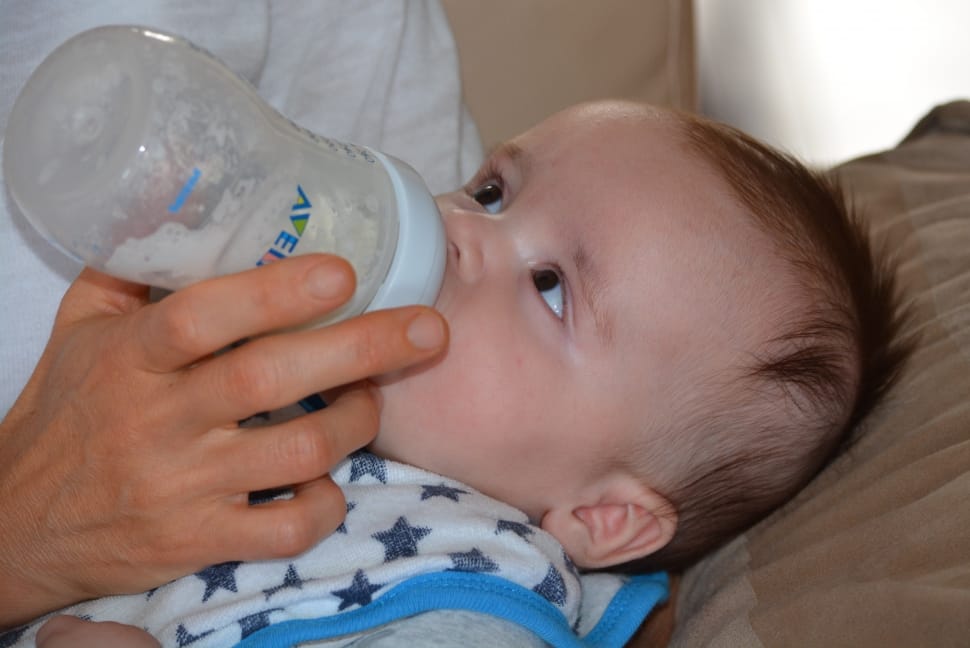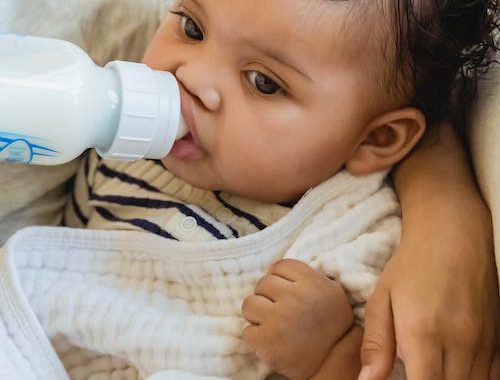
Choosing the Right Feeding Bottle: Your Ultimate Guide
Choosing the Right Feeding Bottle: Your Ultimate Guide
When it comes to providing the best for your baby, choosing the right feeding bottle is a decision that holds immense significance. With a multitude of options available, navigating through the choices might seem like a daunting task. However, fear not! We’re here to guide you through every step of the way, ensuring you choose a feeding bottle that not only keeps your baby content but also simplifies your parenting journey.
Step 1: Tailoring the Size to Your Baby’s Developmental Stage
The size of the feeding bottle plays a pivotal role in ensuring your baby’s nourishment journey is smooth and seamless. Here’s how to match the bottle size to your baby’s age:
- If you’re welcoming a newborn, those adorable 150 ml bottles are perfect for the initial weeks when your baby’s appetite is just budding.
- As your baby grows, the medium-sized 240 ml bottles become your trusty companions. Their versatile capacity is tailored to cater to your baby’s nutritional requirements throughout the first year.
- When your baby crosses the 12-month milestone, it’s time to introduce larger 330 ml bottles to accommodate their heightened appetite and evolving needs.
Step 2: Ensuring Compatibility with Sterilizers
If you’re investing in a sterilizer to maintain impeccable hygiene standards, it’s imperative to ensure that the feeding bottles you choose are a perfect fit. Various sterilizers are designed to accommodate specific bottle sizes and brands. Remember that as your baby progresses, 2nd-age bottles often don’t necessitate sterilization, giving you a bit more flexibility in your routine.
Step 3: The Glass vs. Plastic Dilemma

Choosing between glass and plastic bottles is a crucial decision with distinct advantages for each:
- Glass bottles, reminiscent of old-world charm, offer exceptional durability and a hygienic choice, as they do not tarnish over time.
- On the other hand, plastic bottles are lauded for their lightweight and shatterproof attributes, making them ideal for parents on the move.
Step 4: Navigating the World of Teats
Selecting the perfect teat for your baby is the key to ensuring comfortable and hassle-free feeding sessions:
- Opt for teats that are suitable for your baby’s age group to ensure the right milk flow rate.
- Round-tipped teats are a popular choice, equipped with adjustable flow speeds to match your baby’s feeding pace.
- “Physiological” teats are tailored to mimic the natural shape of a nipple, aiding in the weaning process with comfort.
- If your little one struggles with reflux, valve teats come to the rescue by minimizing air intake during feeding.
Step 5: Embarking on the Bottle Shape Expedition
The shape of the feeding bottle plays a significant role in not only ease of use but also catering to specific needs:
- Cylindrical bottles embody simplicity and practicality, making them a go-to choice for many parents.
- Triangular bottles bring an element of stability to the table, ensuring they stay put without rolling.
- Curved bottles offer a unique design that keeps the teat consistently full, reducing the chances of air being ingested during feeding.
- Wide-necked bottles are a boon for busy parents, making the pouring of milk powder a breeze.
When contemplating teat materials:
- Rubber teats are cherished for their softness, though they might impart a slight taste to the milk.
- Opting for silicone teats provides transparency that allows you to monitor milk flow effortlessly.
Remember, as your baby grows, so will their preferences. It’s important to keep a keen eye on signs of wear on the teats, such as cracks or hardening, and replace them promptly to ensure your baby’s comfort and safety.
By embracing these comprehensive steps, you’ll be well-equipped to make an informed decision, ushering in a feeding experience that not only nurtures your baby’s growth but also enhances your parenting journey.
You May Also Like

Wait, What? Child Peeing All Over The House
2021-11-17
How to Feed Baby
2022-11-22

